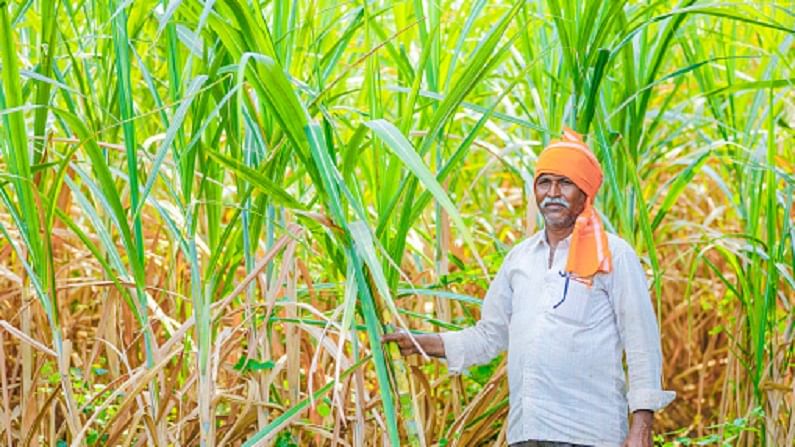Income of farmers unlikely to be doubled by 2022: Experts
There is a declining trend among rural households to pursue farming as the main source of livelihood.

The Union government announced doubling farmers’ income by 2022 a day before the presentation of the Union Budget in February 2016. But, now the latest data from the National Sample Survey suggests this target is out of reach. Given the declining earnings and increasing debts for the farmers, as the NSS data indicates, a strong policy response along with structural measures could only help to double the income of the farmers. According to the NSS survey, there is a declining trend among rural households of taking up farming as the main means of livelihood, which could be a major concern for the government.
Decline in farming
The latest data from NSS on the farming sector ‘calls for stronger and structural measures to overcome the challenges faced by the country’s rural sector’, the Business Standard reported. The declining trends in the farming sector were last seen in the NSS data of 2013 and the Financial Inclusion Survey of 2015-16 (of the National Bank for Agriculture and Rural Development).
According to Mahendra Dev, director of the Indira Gandhi Institute of Development Research (IGIDR), as reported by the BS, the debt is growing for a rural household because expenditure on health and education is rising in rural areas, so is the spending on agriculture while incomes are not being commensurate enough.
“The survey shows that wages have become the predominant earning source for a rural household. Wages, we all know, aren’t growing in rural areas because economic activities outside farms are limited and falling,” Mahendra Dev added as quoted by the BS.
According to experts, the farming policy needed an overhaul to ensure that the crop sector was diversified and cultivation of high-value cash crops yielding higher returns needed to be promoted.
Integrated farming systems needed
G V Ramanjaneyulu, executive director of the Centre for Sustainable Agriculture (CSA), suggested that over the past couple of years the incomes from sources other than cultivation have dropped while mono-cropping has been adopted in a major way in the crop sector and mono-cropping had to eventually make way for integrated farming systems, mentioned the BS report.
“We have increased migration because income-generating opportunities in the rural sector have been diminishing. We need to think of livelihood opportunities in rural areas outside farming, not MGNREGA types of schemes but small collectives, small self-help groups, and small irrigation projects groups,” Ramanjaneyulu was quoted by BS as saying.
According to the NSS data, apart from income and debt, some intrinsic characteristics of farming also seemed to have changed including the disintegration of land parcels, which has continued for the past two decades, and the increase in landless farm labour. Officially, any household with an income of over Rs 4000 per year from agricultural activities is defined as an agricultural household.